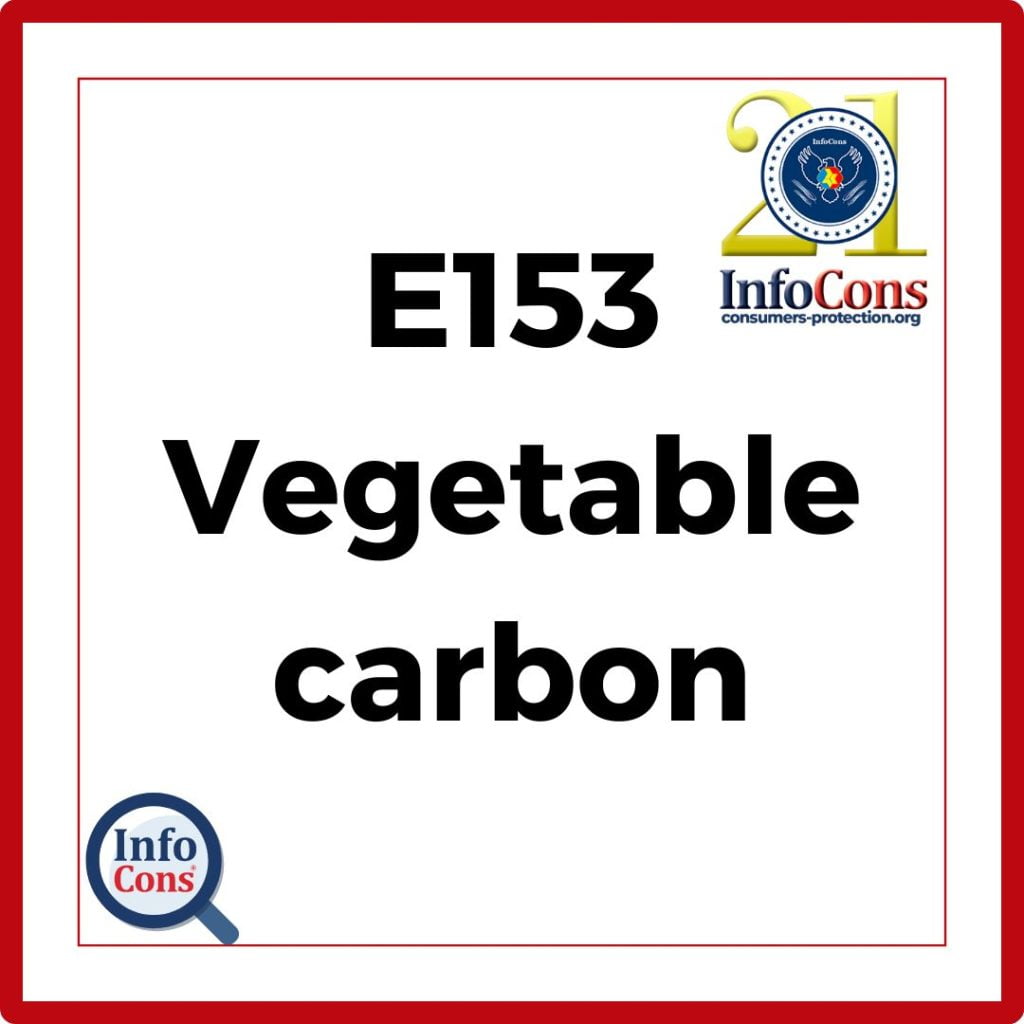
What is Food Additive E153 ?
E153 is a food additive categorized as a natural colorant. It offers a black color and can be used in any type of food. E153, also known as vegetable carbon, is primarily used as a colorant and has the molecular formula C10H11NaO4.
This additive gives an intense black color to various food products, enhancing their visual appeal.
E153, vegetable carbon is a form of finely divided carbon derived from the incomplete combustion of hydrocarbons. It is known for its high resistance and stability, making it an effective pigment in the food industry. E153 is usually sourced from plant materials, ensuring it is suitable for vegetarian and vegan diets.
Read also – E151 – Brilliant Black BN
What is the recommended daily intake of E153 ?
No maximum permissible dose has been established. In the European Union, E153 is allowed in certain categories of food with unspecified maximum limits. The European Food Safety Authority (EFSA) periodically reviews the safety of food additives.
EFSA concluded that the estimated dietary exposure of children in the European Union to vegetable carbon ranges from 3 to 29.7 mg/kg body weight per day. For adults, dietary exposure ranges from 3.8 mg/kg body weight per day to 28.1 mg/kg body weight per day.
In the United States, the Food and Drug Administration (FDA) has not approved E153 for use in foods.
In Australia and New Zealand, E153 is permitted in certain foods, with strict guidelines regarding its use.
In which products is food additive E153 found ?
E153 is used in various food industry products:
- Sweets and candies: licorice, jellies, and some types of dark chocolate.
- Pastry products: cakes, pastries, and black cake icing.
- Beverages: certain spirits and liqueurs use E153 to enhance their visual appeal.
Real also – How Often Should We Consume Fruits and Vegetables ?
Contraindications and risks
Although generally recognized as safe for use in foods, there are concerns regarding its potential health impact.
The main concerns include:
- Respiratory issues: Inhaling black carbon dust in industrial settings can lead to respiratory problems. However, in the food industry, E153 is used in a form that minimizes such risks.
- Carcinogenicity: Some studies have indicated that E153 might have carcinogenic properties when inhaled in large quantities. However, the levels used in foods are significantly lower and present minimal risk.
Limiting the amount of E153 in diet
E153, vegetable carbon, has unique properties and remains a valuable additive in the food industry, providing dark, rich colors that enhance the visual appeal of various products. With ongoing research and regulations, its use continues to be monitored to ensure consumer safety.
Look for products with a clean label or those using natural additives. By installing the InfoCons app and scanning the barcodes of food products, you can find out the number and type of food additives present in the app.
Author – Cosmina Nițu
Master in Nutrition – Infant and new born nutrition
Source:
https://www.efsa.europa.eu- European Food Safety Authority
https://commission.europa.eu – European Commission